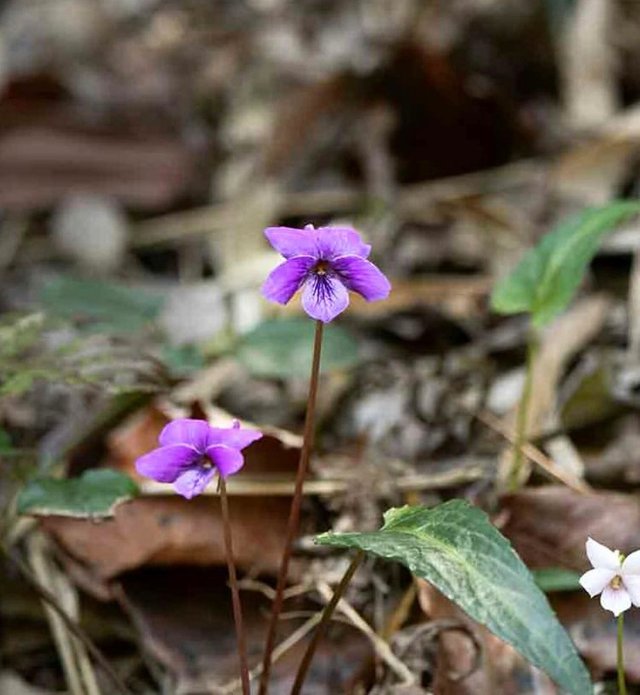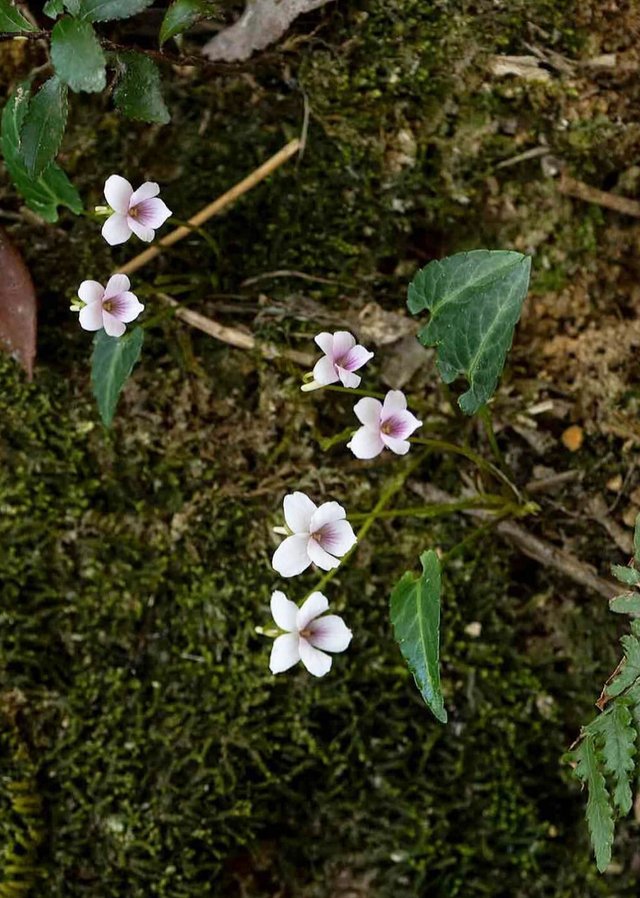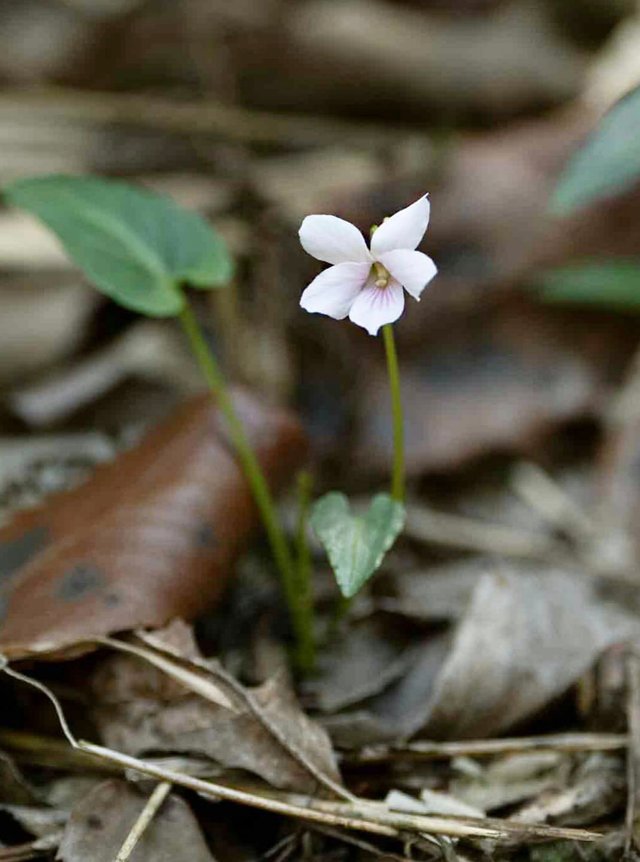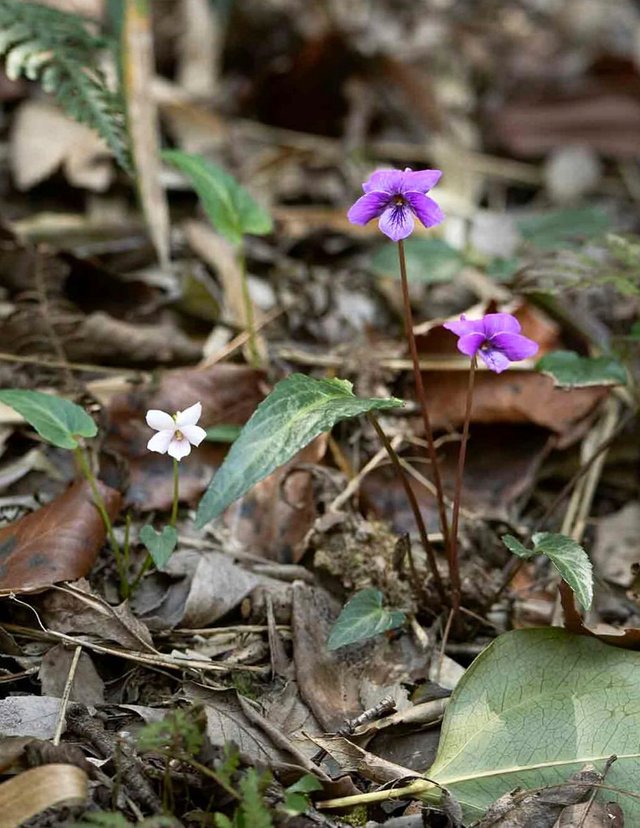Viola cheiranthifolia Flower
High above the clouds, on the rugged and often inhospitable slopes of Tenerife’s Mount Teide, a quiet botanical marvel defies the odds: Viola cheiranthifolia, known locally as the Teide violet. This small, resilient flower is not just a botanical curiosity—it is a symbol of endurance, adaptation, and the often-overlooked beauty of extreme environments.Viola cheiranthifolia is endemic to the Canary Islands, and more specifically to the high-altitude region of Mount Teide, the highest peak in Spain and a dormant volcano. What makes this violet so extraordinary is its habitat: it grows at altitudes between 2,000 to 3,600 meters (6,600 to 11,800 feet), often in volcanic soil, among lava fields, ash, and loose pumice stones.
This species is one of the highest flowering plants in all of Spain, and among the most remarkable for its ability to survive in an ecosystem that is dry, windy, cold, and exposed to intense UV radiation.Despite the harsh surroundings, Viola cheiranthifolia produces blooms of striking beauty. The flowers are usually violet to bluish-purple, sometimes with hints of white at the base of the petals, forming a gentle contrast against the monochrome volcanic landscape. Each bloom is small—usually just a couple of centimeters wide—but its appearance is nothing short of magical against the barren backdrop of Teide’s slopes.
The foliage is typically narrow and leathery, with fine hairs that help the plant conserve moisture and resist strong winds. The entire plant hugs the ground, forming a compact, low-growing rosette—a strategic adaptation to avoid damage from the elements.
Viola cheiranthifolia has a very short blooming season, typically from late spring to early summer (May to July). Its blooms emerge only when the snow melts and conditions become just right. The rest of the year, it remains dormant, conserving energy for its brief moment of glory.



